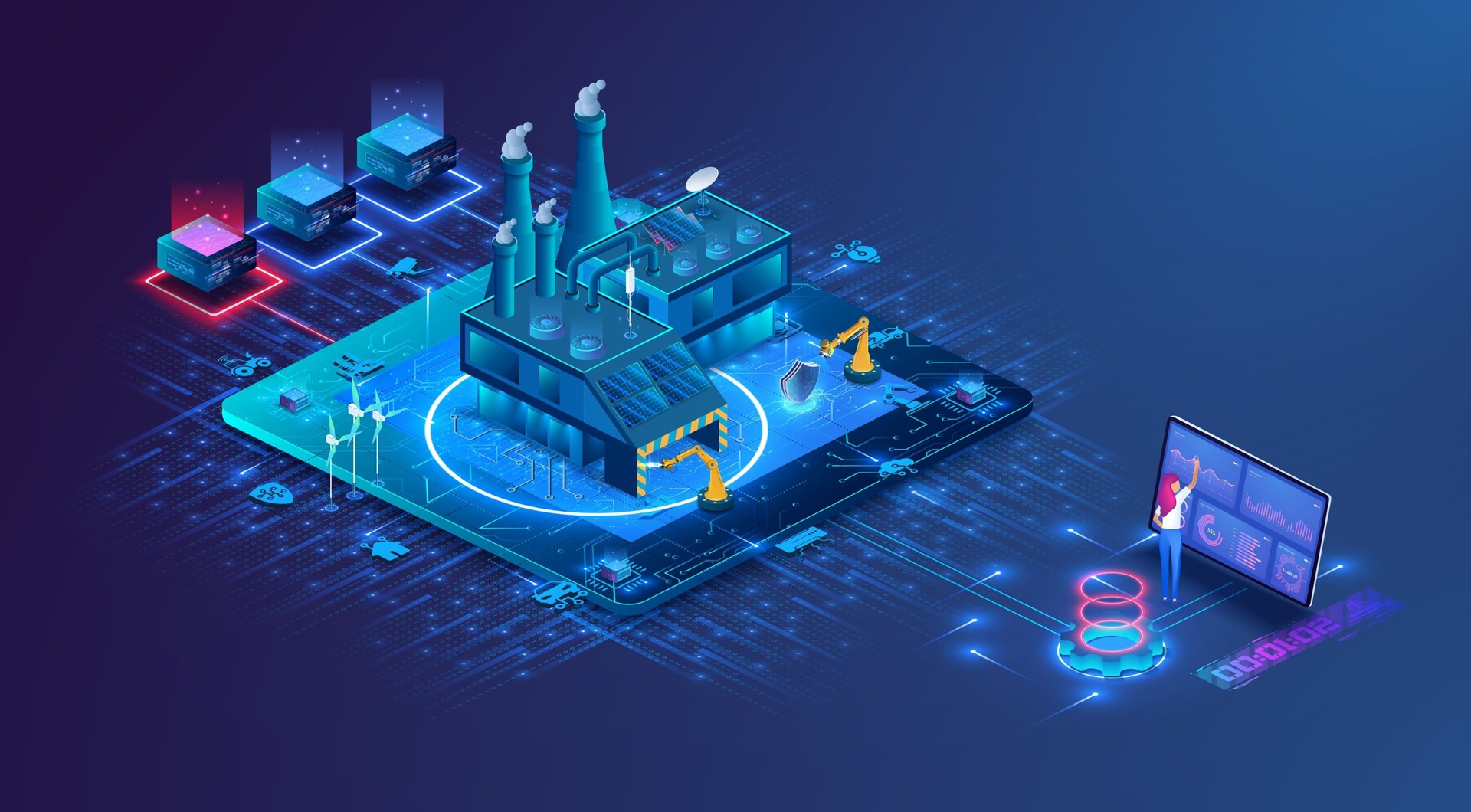Introduction
As we pinpointed in our article on Integrated energy management systems, industrial energy consumption is strongly linked to other aspects that have a direct impact on a business’ activity. These include current industrial electricity tariffs, environmental impact, industrial activity costs, productivity, efficiency and Corporate Social Responsibility, to name a few.
Notwithstanding, many Executive Committees are reluctant to adopt EMSs as the cost of its implementation can be high at first. However, the benefits of incorporating energy policies outweigh the initial investment (in the medium and long term) if they are adopted in a planned (following ISO 50001) and efficient way (using iso 50001 energy management software).
What is ISO 50001 energy management?
ISO 50001 energy management consists in the adherence to that particular standard for the management of the energy resources needed for the operation of a particular industry.
It was published in 2011 and is the most widely used standard for energy management around the globe, since it determines procedures to increase industrial energy efficiency. This results in significant benefits for the company in aspects such as the reduction of production costs, the diminution of its environmental footprint, the optimisation of processes or the improvement of corporate reputation, among others.
Consequently, an ISO 50001 energy management system requires the collaboration of the entire organisation and aligns the objectives of the company’s board, both financial and otherwise, with the goals established in various international plans and regulations.
ISO 50001 energy management systems requirements
Firstly, it should be noted that ISO 50001 energy management applies to all types of industries regardless of their size, as its primary objective is to combine an enterprise’s energy management with the rest of the systems and policies that are already in motion. Consequently, this standard is implemented in all processes, ranging from the purchase of resources to energy saving policies.
Its pillars are:
- Reducing energy consumption by optimising your equipment and processes.
- Promoting transparency in the company’s management of energy resources.
- Increasing the awareness and knowledge of integrated energy management among the workforce.
Furthermore, the new ISO 50001 energy management standard aims to align its requirements with the needs of the company through:
- A high-level structure that allows better integration with other management systems.
- A greater emphasis on the monitoring and evaluation of the system, which enables its constant improvement.
- Turning the spotlight on the business, as the energy planning process underlines the need to understand both the organisation and its context. This transforms its implementation into a much more tactical process.
- The usage of a greater number of energy performance metrics and two indicators, one that allow the measurement of the performance’s improvement and another that establishes reference values for that performance. The utilisation of these metrics increases the capacity of the business to identify potential improvements.
- The extraction of data that enable the organization to assess adherence to legislation, as well as the achievement of the established KPIs.
Benefits of ISO 50001 for the industrial sector
As mentioned above, all departments of a company can take advantage of the implementation of an EMS that consider the new ISO 50001 energy management systems requirements. As a result, offering solid arguments in order to raise awareness throughout the company is of vital importance for an optimal implementation. These are a few examples:
Energy saving:
- Avoids unnecessary energy consumption.
- Increases efficiency.
- Facilitates the creation of operative protocols.
- Implies the modernisation of your installation.
Corporate reputation:
- Enables the internal and external communications of environmental advocacy.
Self knowledge:
- Generates decisive data that guarantee your business’ compretitiveness.
- Offers updated resources/consumption records.
- Simplifies the identification of (present/future) necessities.
- Diminishes operating malfunctions and simplifies problem-solving processes.
Opportunities:
- Increases the possibility of winning public requests for tenders.
ISO 50001 energy management software
Nonetheless, if we want to capitalise on the benefits of ISO 50001, is essential to obtain the necessary data.
Moreover, the information required is not the same for all companies, but varies depending on its sector, size, geographical location, etc. In fact, a significant percentage of users do not know the details of their company’s operation, as they do not use solutions that integrate automation and AI in the monitoring of their equipment in real time.
Consequently, the course of action is always decided on the basis of outdated and isolated information, leading to poor performances.
The solution is using energy management software. Gradhoc enables the management of almost all your equipment independently of its location and, thanks to its intuitive interface, you can see the venue of your facilities and their status, thus avoiding unnecessary travel.
Moreover, Gradhoc emphasises the individuality of each business, so it does not apply the same general metrics to all cases, as each user can set a series of customised KPIs. Apart from this, our software also offers information on each piece of equipment (status, needs, consumption, etc.) and on available energy sources. By combining these reports, it can help you to automate processes, thus enabling substantial improvements in efficiency. In addition to that, Gradhoc generates extremely complete dashboards and data records, so that you can keep improving your EMS, as required by ISO 50001 energy management.
Therefore, although Gradhoc DOES NOT certify compliance with ISO 50001, it will facilitate considerably its implementation by accompanying and enhancing energy management systems, as well as by being an indispensable ally in the face of the industrial sector’s constant changes.
Do you want to know more about integrated energy management systems?



